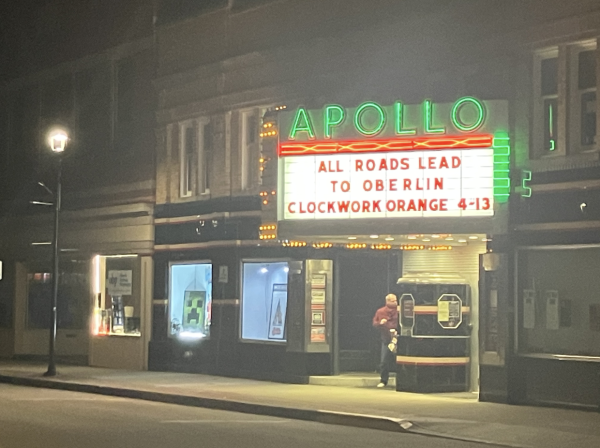Blood, Lineage Play Significant Roles in Pixar’s Coco
Editor’s note: This review contains spoilers for Coco.
Though the idea of blinking out of existence once forgotten by the living is terrifying, Pixar presents it with cute skeletons and masterful, vibrant animation in Coco, which was released Nov. 22.
Co-directed by Lee Unkrich and Adrian Molina, Coco is the story of a Mexican family broken apart by a father who chose to follow his musical passion over his wife, Imelda, and daughter, Coco. Heartbroken and angry, Imelda develops a hatred for music that spreads throughout generations of the Rivera family, banning it from their home and lives for centuries to come. The protagonist of the film is Imelda’s great-great-grandson, 12-year-old Miguel, who harbors a secret love for music and a desire to be a famous artist like his inspiration, the acclaimed Ernesto de la Cruz. While Miguel’s extended family attempts to divert his enthusiasm toward the family business of shoemaking, Miguel is fixated on to his passion, followng one of de la Cruz’s maxims — “Seize the moment!” — by performing at a celebration of Día de los Muertos.
Día de los Muertos is a Mexican festival during which dead loved ones visit their living relatives for a single night of feasts and festivities to remember those who have died. The condition, however, is that you must be remembered by the living in order to survive in the alternate realm of the dead, and must have a photograph somewhere in the living world to qualify for an annual visit. When Miguel’s grandmother Elena breaks his guitar after learning of his aspirations, he discovers a photograph, suggesting that he may be the descendant of Ernesto de la Cruz. Overjoyed, Miguel attempts to borrow the star’s guitar from his shrine; that’s when things get, as described in a song written by Molina and Germain Franco, “Un Poco Loco” (a little crazy). In a flurry of marigold petals, Miguel enters the land of the dead and must find his way back home. Issues of family, loyalty, and ambition all complicate his journey.
There is nothing extraordinary about the central characters of the movie — Miguel, Ernesto, and Héctor, who becomes Miguel’s guide through the world of the dead. These characters showcased minimal novelty and acted predictably, though their delivery was as masterful as one would expect from a Pixar movie.
The most resonant character is the dog, Dante, Miguel’s sole companion in music, life, and death. While lovable scamps are an overplayed archetype of dogs in animation, Dante was especially charming for his utter lack of grace. Most dogs are portrayed as loyal lickers, but Dante shines particularly for his dedication to food, his itchy hairless body, and his bizarre expressions — terrifyingly accurate anthropomorphisms of ugly selfies taken by millennials. Despite his oddities, Dante plays the endearingly cliched guide and helper to Miguel until he is awarded the status of spirit guide by Miguel’s friends and family after a heroic escape. When Dante transforms into a rainbow version of himself, representing his spiritual awakening, he also develops a pair of wings. No character in the history of Pixar, Disney, or any other major animated franchise could possibly be less elegant and clumsy in flight. While the movie portrays Dante as Miguel’s guardian angel, Dante comes across more as a good-hearted but oblivious trainee. Of all the characters, he garners the most joy and laughter throughout the film with his blundering antics.
The other character that stood out in this coming-of-age film was Coco herself. Both as a young girl singing songs with her father as he leaves to pursue his dream, and as a great-grandmother struggling to remember him, Coco’s relationship with her father is a real tear-jerker. Her reunion as an old grandmother with her young father in death is incredibly touching. Hinting at a deeper message of love transcending issues of abandonment and forgiveness, the movie relates the idea that family is a well-wisher that often exhibits controlling behavior out of an overbearing need to protect it’s own.
Centering a narrative on hyper-protective parents of color, Coco tells a beautiful tale of absorbing wisdom from one’s roots, but never giving up on “who you are meant to be.” The message is one of family as an encouraging and supporting anchor in life rather than a hindrance, and the peppy music accompanying the endearing characters tells this story in a vibrant and engaging way.







